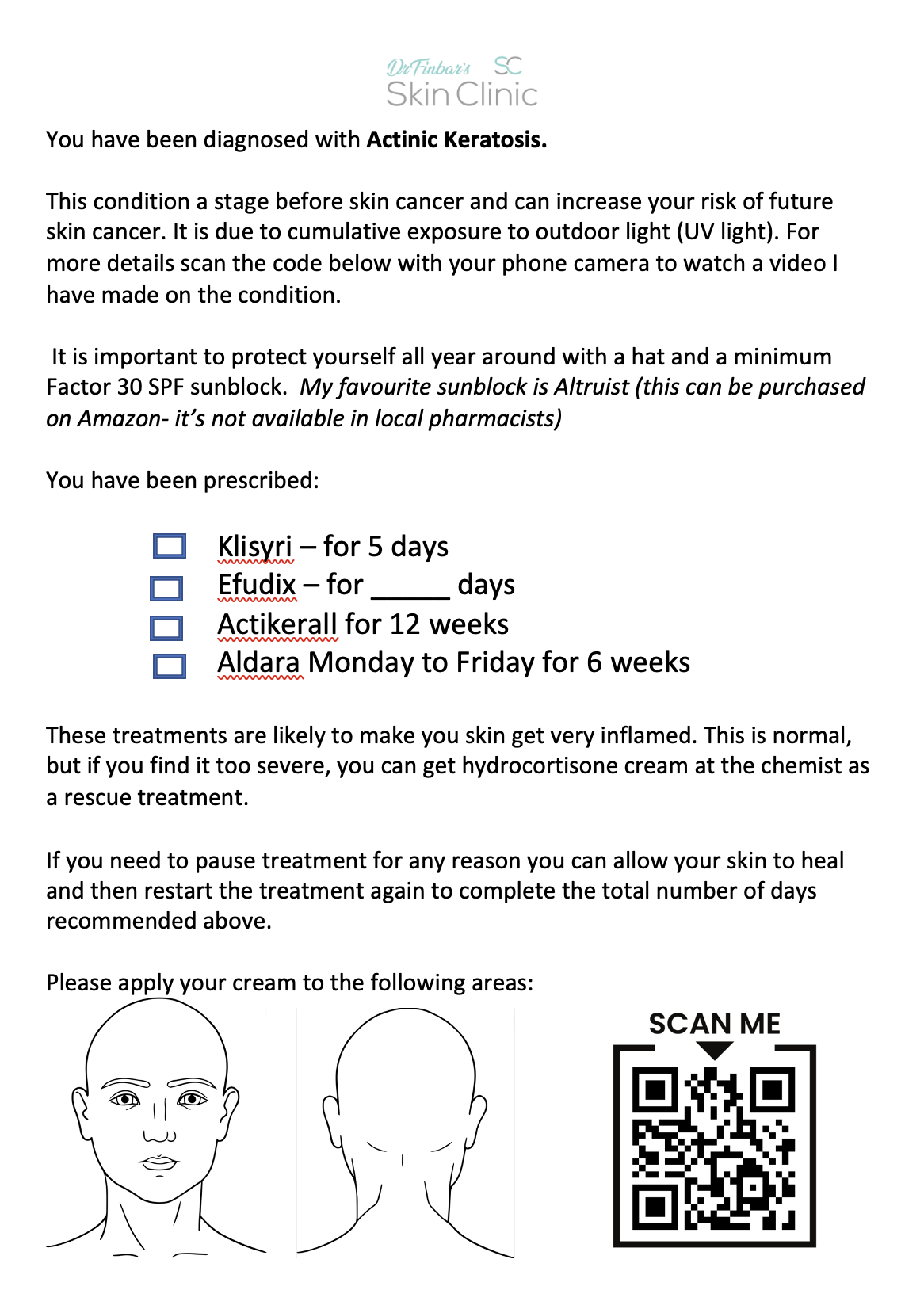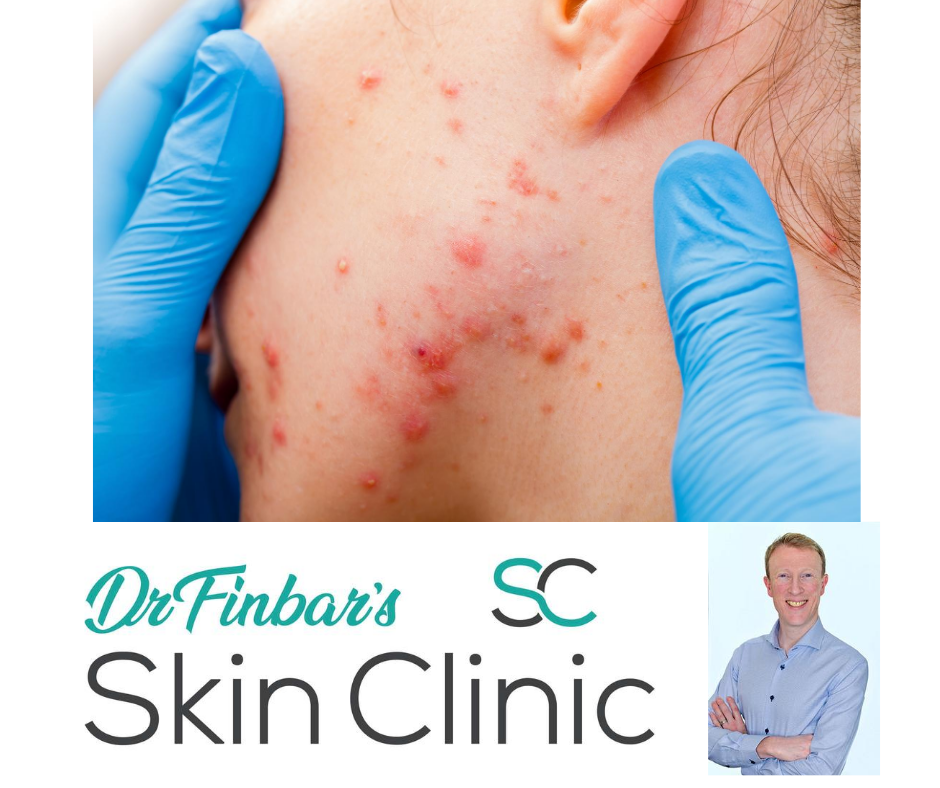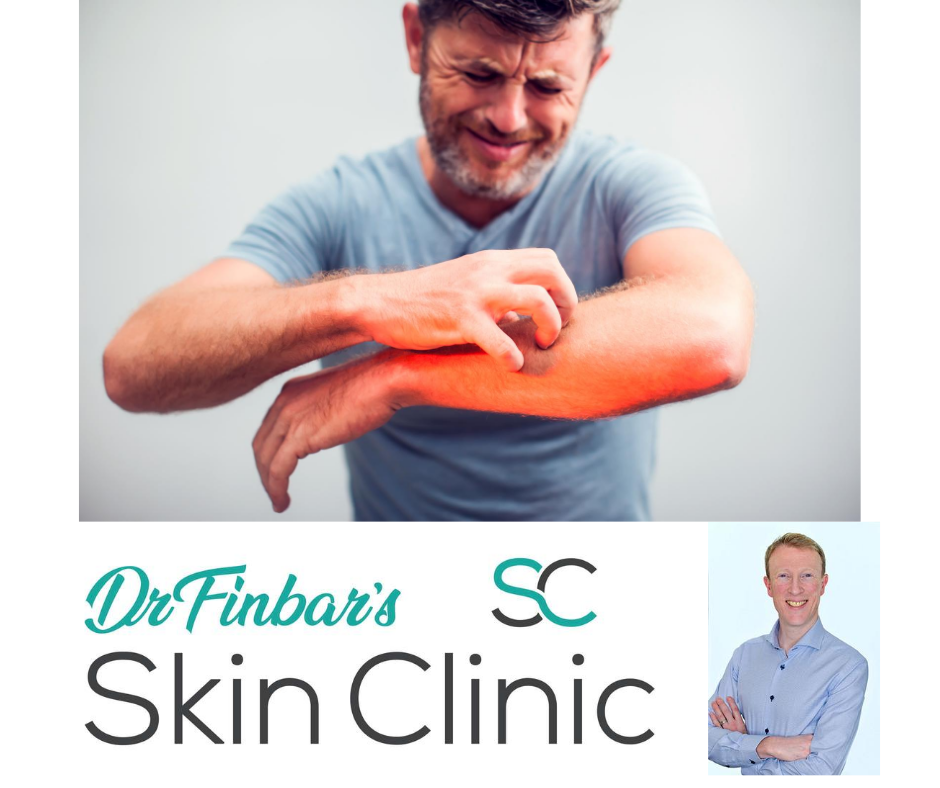Actinic Keratosis: What You Need To Know
What You Need to Know About Rough, Scaly Skin Patches: Actinic Keratosis
Are you noticing rough, scaly patches on your skin? Worried they could turn into something more serious? In this post, I’ll explain what Actinic Keratosis (also known as Solar Keratosis) is, how it’s linked to skin cancer, and the best ways to treat it to keep your skin healthy.
What is Actinic (Solar) Keratosis?
Actinic Keratosis, or Solar Keratosis, is a skin condition caused by sun damage. It leads to rough, scaly patches or bumps on areas of the skin that have been exposed to the sun a lot, like:
• Face
• Ears
• Scalp
• Neck
• Forearms
• Hands
At first, these patches might just feel rough, like sandpaper. As they grow, they can become scaly, change color (pink, brown, red), and feel like they’re stuck on your skin.
Why Should You Care About Actinic Keratosis?
It’s important to treat Actinic Keratosis because it can develop into Squamous Cell Carcinoma (SCC), a type of skin cancer. While it doesn’t happen quickly, it’s still crucial to catch it early before it becomes more dangerous.
Watch for these signs that could mean a patch is turning into skin cancer:
• The patch is growing fast
• It’s tender, painful, or bleeding
• It forms a scab
Who is at Risk?
Anyone who has had a lot of sun exposure over the years can develop Actinic Keratosis, but some people are more at risk, including:
• People over 40 years old
• Outdoor workers (like farmers, gardeners, or construction workers)
• People with fair skin, light hair, and blue eyes
• Athletes like runners and cyclists who spend a lot of time outside
• People with weaker immune systems due to illness or medication
Even in cloudy climates like Ireland, you’re still exposed to UV rays, which means you can get Actinic Keratosis even without much sunshine.
Treatment Options
The good news is, there are several ways to treat Actinic Keratosis, depending on how big the patches are and how many you have. Here are some common treatments:
1. Cryotherapy (Freezing)
• A cold gas is used to freeze and destroy the patches. This works best for small numbers of patches.
2. Topical Creams and Gels
• Creams like Effudix and Aldara are used to attack the sun-damaged cells. These creams can cause an inflammatory reaction, making the skin look worse before it gets better.
• A newer treatment, Klisyri, works faster, usually within 5 days.
3. Photodynamic Therapy (PDT)
• A light-sensitizing agent is applied to the skin, followed by exposure to a special light. This treatment can be painful but is effective.
4. Chemical Peels
• A strong acid is applied to remove the top layer of damaged skin, allowing new skin to grow.
5. Curettage and Electro-surgery
• The patch is scraped off, and an electric tool is used to destroy any remaining cells.
How Can You Prevent Actinic Keratosis?
Prevention is key! Here are a few simple steps to protect your skin from UV rays:
• Wear a broad-spectrum sunscreen with an SPF of 30 or higher, even on cloudy days.
• Seek shade during peak sun hours (10 AM to 4 PM).
• Wear protective clothing, like hats and long sleeves.
• Avoid tanning beds and sunlamps.
Please find the info leaflet below I provide my patients:

Share this post on:
Copyright © 2023 Dr Finbars' Skin Clinic All rights reserved.






